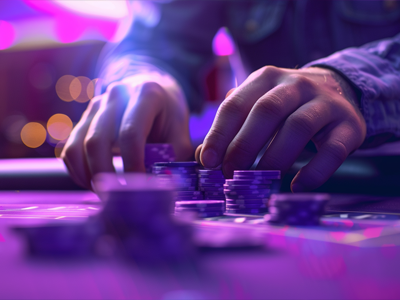A well-timed adjustment can turn a losing session into a winning one
When playing blackjack, understanding how to adjust your strategy based on the dealer’s upcard is crucial for increasing your chances of winning. The dealer’s upcard provides valuable insight into their potential hand, allowing you to make smarter decisions about whether to hit, stand, double down, or split.
If the dealer shows a weak card, like 4, 5, or 6, they are more likely to bust because they’ll have to hit until reaching at least 17. In this situation, it’s best to play conservatively and avoid taking unnecessary risks. If your hand is already decent (such as 12 or higher), you should stand and let the dealer make their own mistakes. Furthermore, doubling down on hands like 9, 10, or 11 can be an aggressive move, as the dealer is in a weak position, and you can capitalize on it.
On the other hand, if the dealer’s upcard is strong, such as 7, 8, 9, 10, or an Ace, you should be more cautious. In these cases, the dealer has a good chance of landing a solid hand, so you need to play more aggressively. If you’re holding a hand that’s 16 or lower, consider hitting to improve your hand value, as staying on a weak hand would be too risky. If you have a hard 11, doubling down can also be a good idea, especially when the dealer shows a 10.
For soft hands, the strategy changes a bit. If you have a hand like Ace-7, you might normally stand, but against a dealer showing a strong card, hitting or doubling down is better. This is because soft hands give you more flexibility, and there’s less risk of busting.

